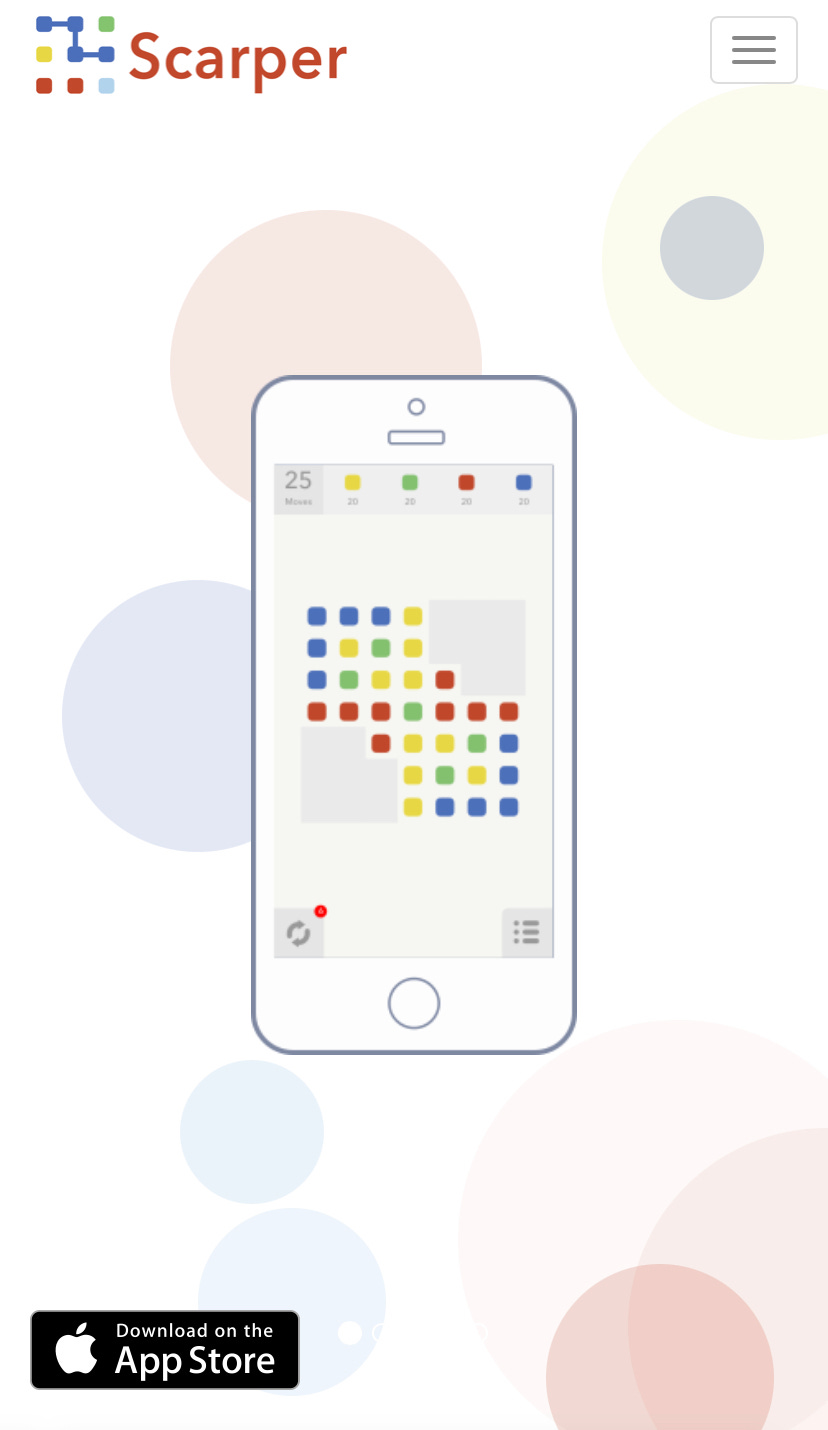Simplicity in 8 steps
Bringing order to complexity
(Read web version.)
There is often a simpler, more elegant way to do things. Simplicity does not just happen, however. It requires a good understanding of what you are trying to achieve and deliberate, focused effort. A simple solution may seem obvious in retrospect, but rarely is at the outset.
I think there is a profound and enduring beauty in simplicity; in clarity, in efficiency. True simplicity is derived from so much more than just the absence of clutter and ornamentation. It’s about bringing order to complexity. - Sir Jony Ive
This post shares the 8 steps I use when attempting to achieve simplicity. I apply these to the design of mobile apps, websites and other things I build.
Value simplicity
Rarely is simplicity given a high priority. It is often considered a second order objective. To achieve simplicity it must be given due attention. The drive for simplicity comes from an attitude to design. It is necessary to invest time and effort to make things simpler.
When designing the website for Scarper (Tetris meets Candy Crush) simplicity was a guiding principle. Viewed on a mobile, it includes the logo (top left), a menu button (top right), sample play scenes from the game (middle) and the AppStore download button (bottom left).
Understand
It is necessary to be clear about values and what you are trying to achieve. A good understanding of the process or situation is important. If this is lacking then a simplistic, rather than simple solution will result. Simplicity before understanding is worthless. True simplicity is predicated on thorough understanding.
Design alternatives
Analysis is an important part of the simplification process, but it is necessary to design a solution and good design requires creativity. Alternative designs should be explored and then one selected; rarely is the first idea best.
Challenge the status quo
Often the status quo is the default solution. Systems and processes can start out clear and uncluttered, but over time become anything but. Everything needs to justify its continued existence. If there is no good reason to keep something then it should be removed, in the interest of focus.
Open to starting again
With something already in place, the most obvious approach is to review and adjust it, rather than start from scratch. However, this can constrain the opportunity for improvement. Clarify what you are trying to achieve then design approaches to address these needs, disregarding the current approach. I am redesigning Scarper from the ground up which was originally released as Conxy.
Use concepts
Concepts enable us to simplify and understand the world at a high level. Concepts should be used to set the general direction, providing the context for exploring a range of specific solutions. As an example, one concept I have for Scarper is that players can design playable grids (for themselves and others). The direction is set, but the detailed solution has yet to be defined.
Breakdown the complex
In order to understand and work with a complex systems it is often useful to break them down into sub-systems. These smaller components are organised to serve the overall system purpose. The sub-systems can be defined through analysis and each simplified independently.
Trade off values
Comprehensive systems are often complex to understand and use. It is likely that a comprehensive design is not compatible with achieving a clear, efficient and simple solution. There needs to be a trade-off between the desire for simplicity and other values.
Keep in mind who the prime beneficiaries of simplification are. Is it the users/customers or the operators/owners of the system? A trade-off between the interests of stakeholders may be required, e.g. one simplification may improve matters for users while making it more difficult to maintain the process for operators.
Other resources
Simplicity by Sir Jony Ive
80/20 app development by Phil Martin
This post shared the 8 principles I use to develop simple mobile app and website designs. Paul Graham’s essays, e.g. Do Things That Don’t Scale, is the subject of next Sunday’s post.
Until next Sunday, consider a system or process you are responsible for that could benefit from a redesign to achieve greater simplicity.
Have fun.
Phil…



